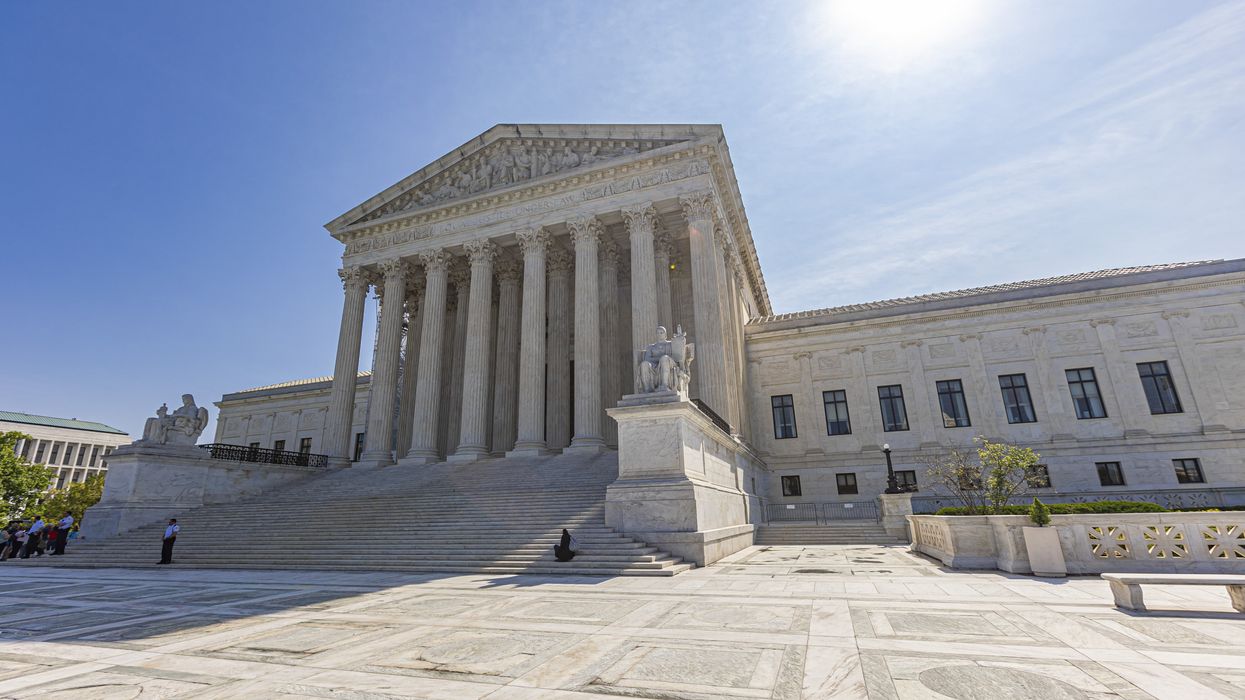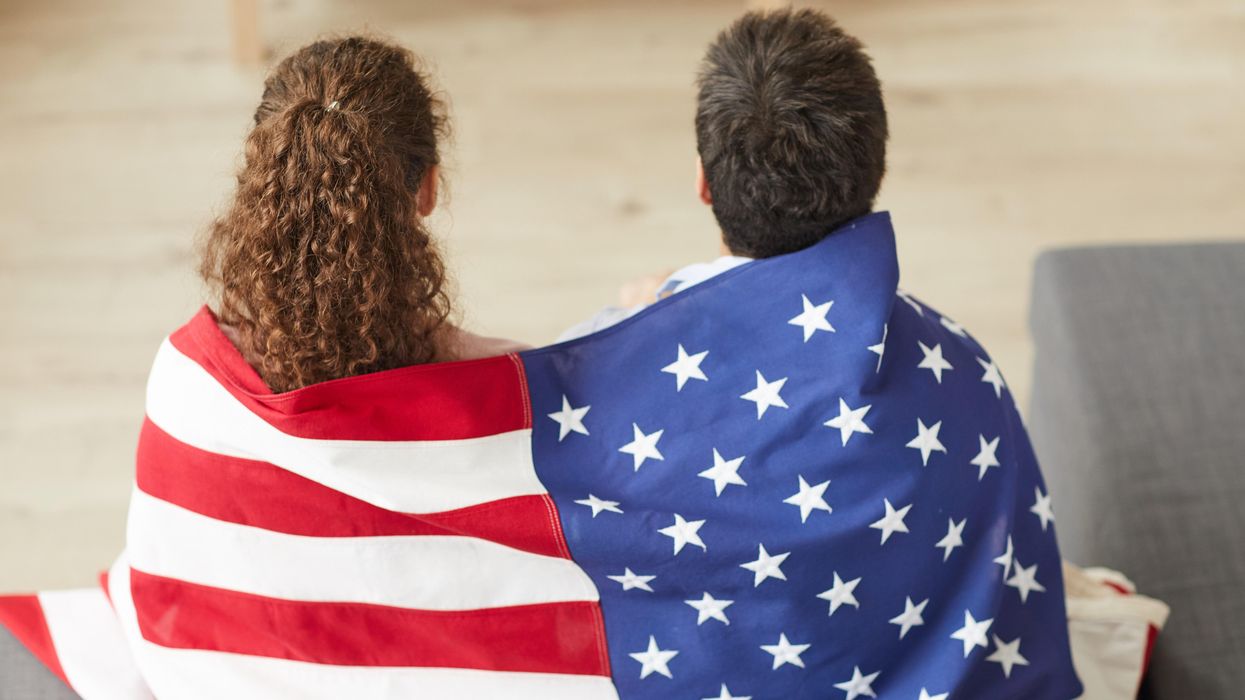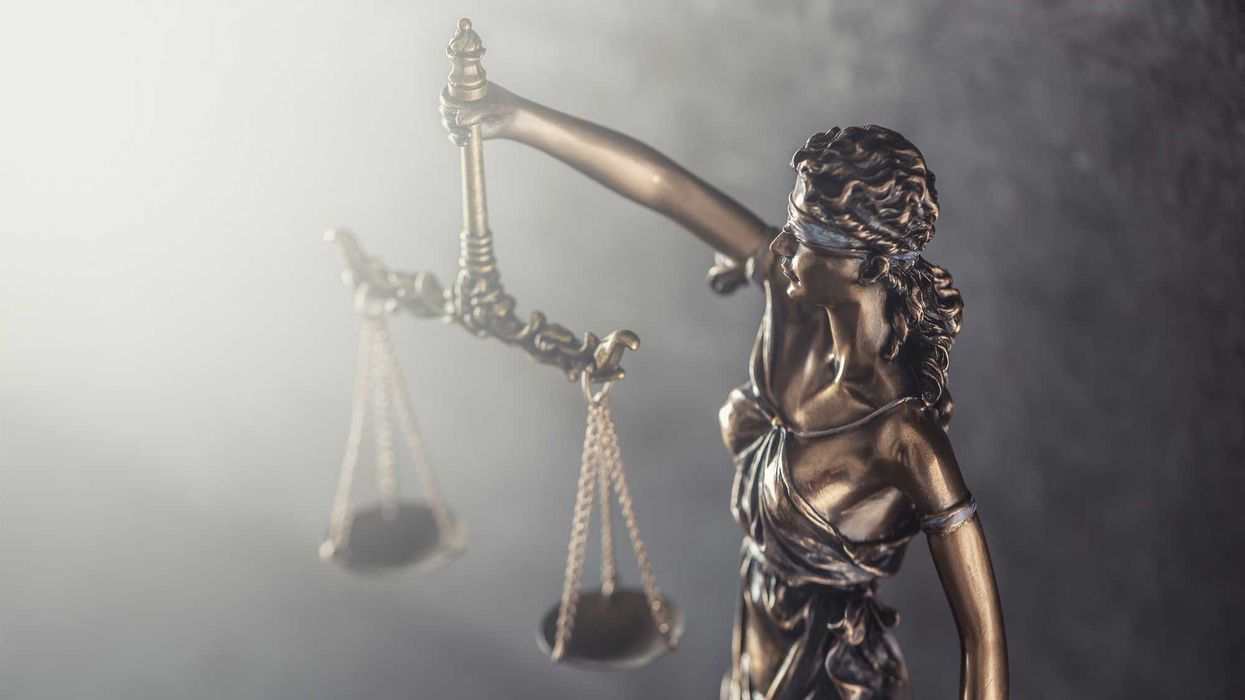Writing in 1788, Alexander Hamilton famously described the judiciary as “the least dangerous branch” of the federal government. He thought that it would never be in a position to do serious damage to American life because it had neither “the sword nor the purse…but merely judgment.”
President Trump and his allies seem to disagree with Hamilton’s characterization of the courts. They see them as a dangerous impediment to his effort to make America great again.
Who can forget his Memorial Day message in which the president railed against judges who did not immediately go along with his immigration policies. He called them “USA HATING JUDGES WHO SUFFER FROM AN IDEOLOGY THAT IS SICK.”
The president has regularly suggested that judges are lawless, partisan actors, determined to undermine him. His right-hand man, Stephen Miller, has joined the chorus bemoaning what he called a “judicial coup.” He added, “We are living under a judicial tyranny.”
And people all over the country are getting the message. One result is diminished confidence in the courts; another is an escalation of threats directed at judges who dare to try to hold the administration accountable.
All that would be bad enough. However, when Justices on the United States Supreme Court join the president in attacking the courts, it only adds to the brewing crisis of judicial legitimacy and the peril that other judges face.
That is exactly what happened on August 25, when the Court stayed the decision of a federal judge who had ruled that the administration could not unilaterally terminate research grants made by the National Institutes of Health. Justice Neil Gorsuch reacted not just by questioning the correctness of the lower court’s interpretation of the law and relevant judicial precedents but by taking a broad-brushed, Trump-like swipe at lower court judges.
He began his opinion, which his MAGA sympathetic colleague Justice Brett Kavanaugh joined, this way: “Lower court judges may sometimes disagree with this court's decisions, but they are never free to defy them.” He went on to detail what he claimed were several instances of such defiance.
Gorsuch ended by doubling down on what he saw as the rogue behavior of federal judges. “This is now the third time in a matter of weeks,” he said like a condescending parent scolding a wayward child, “this court has had to intercede in a case squarely controlled by one of its precedents. All these interventions should have been unnecessary, but together they underscore a basic tenet of our judicial system: whatever their own views, judges are duty-bound to respect ‘the hierarchy of the federal court system created by the Constitution and Congress.’”
Odd but predictable that Gorsuch would direct his fire at other judges while saying nothing about an administration that only respects federal judges, at any point in that hierarchy, when they rule in its favor.
That this double standard is now baked into the MAGA legal establishment’s playbook is suggested by the fact that almost a month before Gorsuch, Adrian Vermeule, an academic darling of the right wing, penned a New York Times op-ed entitled, “Someone Is Defying the Supreme Court, But It Isn't Trump.”
In Vermeule’s view, “someone” is plural, namely judges on lower federal courts. While absolving the Trump Administration on charges that it has violated court orders, Vermeule said that the defiance of court orders is ”coming from inside the judicial branch itself, in the form of a lower court mutiny against the Supreme Court.”
“District Court judges, and in some cases even appellate courts, have either defied orders of the court outright or engaged in malicious compliance and evasion of those orders, in transparent bad faith.”
Vermeule continued his indictment by arguing that district court judges can defy the law because they “Have almost no accountability; They are like futile Lords who laid down the law in their local courts. If they are reversed, at least they will have stymied for some time the implementation of presidential policies they find objectionable.”
Then, in a bit of twisted logic, Vermeule noted when the president may ignore such an order based “on the president's independent interpretation of the law, (that it) exceeds the scope of judicial power….” In so doing, “Far from defying the judiciary as such, (the president) would be supporting the authority of the Supreme Court…”
As law professor Michael Dorf noted in April, when thirty-five law professors were asked whether “Trump is a lawless authoritarian,” only Adrian Vermeule said “no.” Here again, he “blamed ‘highly aggressive judicial decisions’ by ‘overreaching district judges’ for any sense that we are in a constitutional crisis.”
Gorsuch did not go as far as Vermeule in inviting the president to defy the orders of federal district judges with which he disagrees. But he didn’t have to.
He laid the predicate.
Along the way, he listed various forms of misbehavior on the part of judges who have ruled against the administration. For example, in the ruling on the termination of NIH grants, Gorsuch said the judge who issued it failed in his duty. That judge cast aside relevant Supreme Court precedent and committed the cardinal sin of invoking “the ‘persuasive authority’ of… ‘dissents’” to reach his desired result.
And Gorsuch warned of “’anarchy’” that, in his view, threatens to engulf the federal judiciary. It is caused by judges who, in their anti-Trump zeal, refuse to follow the law as the Supreme Court interprets it. They must do so even if that interpretation is clearly “misguided.”
It seems that Gorsuch, Kavanaugh, and Vermeule think America is best served by an imperial Supreme Court, whose opinions are essentially “commands,” allied with an imperial presidency whose current incumbent believes that his word is the law. The imperial Supreme Court views its power in the judicial realm in the same way the president views his power in the executive, as unitary and plenary.
Law professor Stephen Vladeck is right to say that Gorsuch, Kavanaugh, and Vermeule’s mischaracterization of the lower federal courts is “especially ugly…this particular moment when we're continuing to see heated rhetoric from President Trump and his supporters virtually any time a District Court does anything even slightly adverse to the federal government.” Vladeck warns that their criticisms of the judiciary are further arming a president, who will someday use them against the Supreme Court itself.
More than two centuries after he wrote, Hamilton would not be surprised that what the judiciary offers would grate on the sensibilities of a political leader ambitious for power. But even he could not have foreseen that the attack on the least dangerous branch would come from within that branch itself.
Austin Sarat is the William Nelson Cromwell professor of jurisprudence and political science at Amherst College.




















